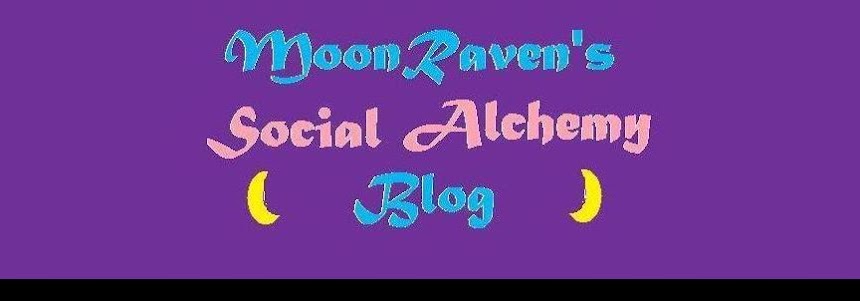I will admit it. I'm a very reactive person. I'm calm around calm people and anxious around anxious people. When I get hit by a blast of emotion from someone, I react. I'm not sure how not to, but that is what I am working on now.
Stephen Covey's first habit in The Seven Habits of Highly Effective People is to 'Be Proactive'. (For more on this, see my post of 2/19/10, on 'Deciding'.) He talks quite a bit about the difference between reactive and proactive people. But perhaps his most important point is "Between stimulus and response is our greatest power--the freedom to choose."
But this means that you need to stop between the stimulus and the response--not just immediately react. Pema Chödrön points out (in the book When Things Fall Apart) that "...there is something between the arising of the craving--or the aggression or the loneliness or whatever it might be--and whatever action we take as a result. There is something in us that we don't want to experience, and we never do experience, because we are so quick to act." She makes it clear (as do other teachers) that meditation is one way to stop the reaction, to expand that gap between the stimulus and the response, and pay attention to what is there. That gives us enormous freedom to decide how we want to act.
I recently started reading the book, Getting Past No, by William Ury. I haven't gotten very far, and it will be quite a while before I review any of it, but I noticed he claimed that there were five common barriers that interfered with cooperation and the first one he labeled, "Your reaction". His strategy for dealing with this is: "Since the first barrier is your natural reaction, the first step involves suspending that reaction. To engage in joint problem solving, you need to regain your mental balance. A useful image for gaining perspective on the situation is to imagine yourself standing on a balcony looking down..." Naturally he calls this strategy 'Go to the Balcony'.
I think this is a useful image for any reactive situation. When you can gain perspective, you can make decisions out of clear thinking rather than simple reaction. You have a chance to be proactive. Sitting there looking at your reactions during meditation, or in counseling or therapy, can be one way to get that perspective. Just taking a time out when you find yourself reacting can be another. Either way, the point is to change our habitual behavior, to change the way that we respond to situations.
What does all this have to do with social change? I think that too often our social change strategy is just reaction. We react to capitalism, we react to oppression, we react to climate change, peak oil, social inequities, the military-industrial complex, the corporations, the government, the system, etc. We react to whatever the situation is. I sometimes think these crises are designed to keep us in reaction mode. This isn't a strategy. Here's a clear example of where we need to 'Go to the Balcony' and take in the whole situation, and try to figure things out from there. Going to the Balcony gives us a chance to strategize rather than react.
As I have noted before, this is another example where a similar process is useful for both personal and social change. The less we react, the more we open that space between the stimulus and the response, the more we are able to Go to the Balcony, then that will enable us to think clearly, make good decisions, and be proactive. It will allow us to be in the world how we want to be and not to be defined by the situation.
Quote of the Day: "Because of mindfulness, we see things when they arise. Because of our understanding, we don't buy into the chain reaction that makes things grow from minute to expansive. We leave things minute. They stay tiny. They don't keep expanding into World War III or domestic violence. It all comes from learning to pause for a moment, learning not to just impulsively do the same thing again and again. It's a transformative experience to simply pause instead of immediately filling up space. By waiting, we begin to connect with fundamental restlessness as well as fundamental spaciousness.
"... Part of being awake is slowing down enough to notice what we say and do. The more we witness our emotional chain reactions and understand how they work, the easier it is to refrain. It becomes a way of life to stay awake, slow down, and notice." - Pema Chödrön
Subscribe to:
Post Comments (Atom)


No comments:
Post a Comment